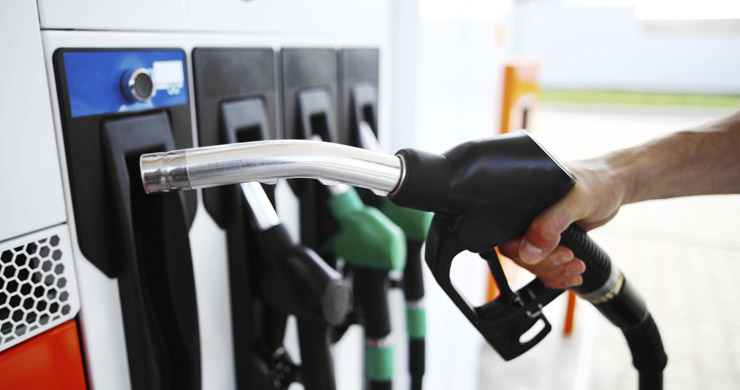Geography of Cruise Ships
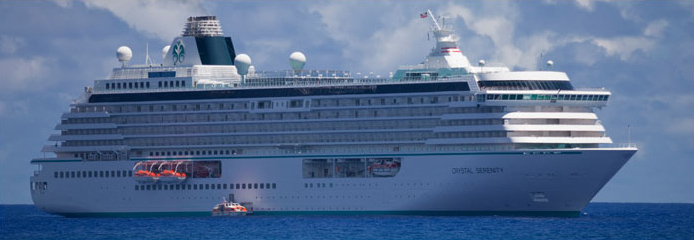
Cruise ship holidays have become a part of global geography and are also big business!
Cruise ship holidays have become are part of global geography and are also big business!
It is difficult to give an exact number to the size of the global cruise ship fleet because there are many of different sizes and locations. There are small ones on rivers like the Nile, Rhine and Danube and huge ones on the oceans, but an estimate would be more than 300 ocean vessels and thousands of smaller river boats and touring yachts.
Old style cruise ships, or 'liners', were narrower-shaped and more boat-like for big ocean crossings, for example the QE2 which carried 1600 passengers, seen here on her last voyage in 2006.
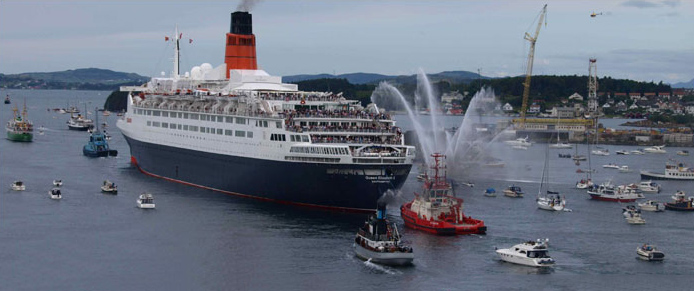
The QE2
New style ships like this one in Bergen Harbour, Norway, can carry over 2000 people - a floating town - and there are even bigger ones like the wrecked Costa Concordia with 3700 guests! Each ship has hundreds of cabins, verandas and windows; some have water parks and even ice rinks! They tend to concentrate their travel in tours of particularly attractive coastlines.
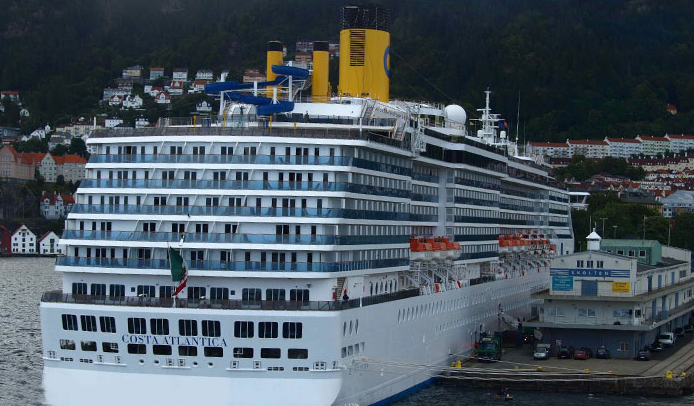
The Costa Atlantica
So is this tourism all good news for the places they visit and the planet?
The Global Honey pots for Cruise Ships
Geographers use the term 'honey pot' to describe popular tourist destinations that cater for large numbers of visitors. The term is usually applied to small places, like a national park visitor centre in the Brecon Beacons, but some international coastal areas have attracted millions of tourists.
Can you identify on this world map the names of the popular rivers and coastal / island cruising attractions?
Of course some cruises go all round the World or all around the Pacific Ocean - these can visit over 100 places and take 115 or more days- one third of a year on the cruise!)
How does this rapidly growing cruise ship industry affect on the places they visit? Well, there is some good news and some bad news.
The Cruise ship industry has many good features.
-
It provides very successful holiday packages for an estimated 20 million people per year.
-
It creates employment and income for on-board workers and the ports they use throughout the world.
But cruise ships are attracted to the most beautiful and easily damaged natural environments. There are many who concerned about a non-ecotourism industry visiting ecologically sensitive areas.
Here are a few of the concerns that have been raised.
-
They have a history of accidental damage to coral reefs and coastlines through collision and anchoring. Wreck of the Costa Concordia is an area that was unpolluted and rich in wildlife. In November 2007, two cruise ships sank in Antarctica. Many tons of fuel, hydraulic fluids, lubricants, harmful chemicals from televisions, computer screens, etc. were released into the protected Antarctic waters.
-
Analysts calculate that a cruise liner such as Queen Mary 2 emits double the CO2 per passenger mile, compared to commercial passenger aircraft.
-
The fuel oil burned by ship engines is a heavy air pollutant making air quality in ports particularly poor as these pictures taken in Bergen, Norway show. The smoke over the city is all from just one ship! Throughout the world, they release an estimated 1.2 million to 1.6 million metric tons of tiny airborne particles each year.
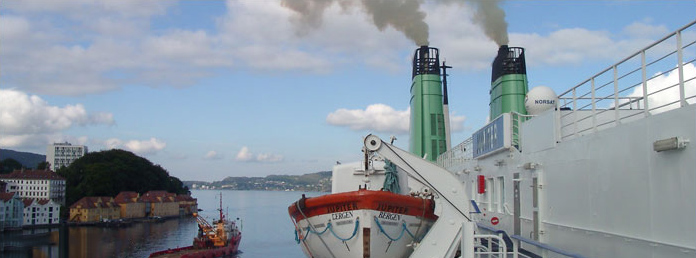
Bergen, Norway
-
Because of the holiday and luxury nature of the lifestyle, passengers cruise ships each produce on average 3.5 kilograms of rubbish daily - compared with the 0.8 kilograms each generated by local people on shore. (Source: Our Planet)
-
Visits to wildlife areas are very frequent and are unregulated for example Within one month (January) a survey team from the Scott Polar Research Institute in Antarctica recorded 14 visits by six tour ships with over 2000 tourists landing on one penguin island.
-
A large cruise ship on a one week voyage is estimated to generate 210,000 gallons of human sewage and 1 million gallons (40 more swimming pools) of gray water (water from sinks, baths, showers, laundry and galleys). Cruise ships also generate large volumes of oily bilge water, sewage sludge, rubbish and hazardous wastes. Management of this waste could, with cost, be environmentally neutral but the industry has a poor record of pollution incidents of 'grey water' releases in to the delicate environments they visit.
-
Cruise ships take on water as ballast (balancing weight) in one place and release it somewhere else later on when the ship's weight needs adjusting. This moves all sorts of plants and animals into new places and creates problems including that of invading species taking over.
-
Cruises do provide the areas they visit with income, but most of the money goes to the shipping and tour company and not to the holiday destinations.
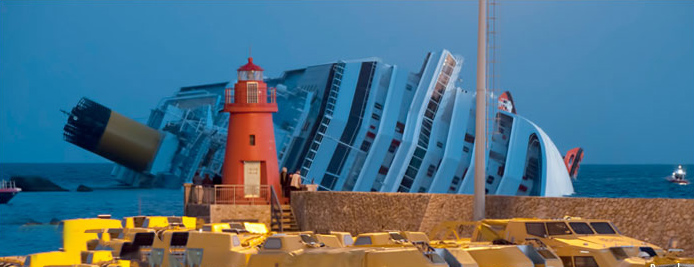
The Costa Concordia
The Cruise industry is showing some efforts to increase efficiency, decrease pollution and use technology to manage waste, but it only takes an incident like the wreck of the Costa Concordia to show that the environment is still at risk from 'accidents' even from the largest, environmentally managed and well-equipped modern ships.

